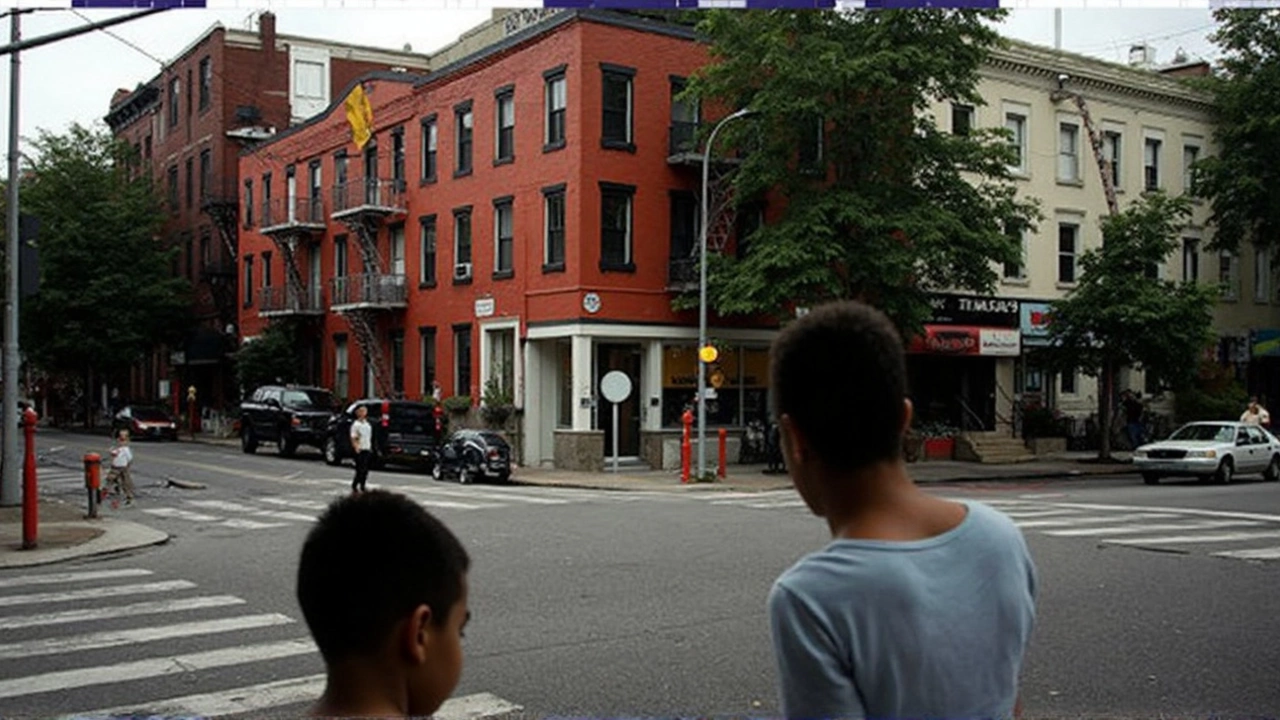Missing Children: Cases, Safety Measures, and Investigation Updates
When talking about missing children, individuals under 18 whose whereabouts are unknown and who are the subject of urgent search efforts. Also called unaccounted minors, this issue intersects with child abduction, a crime where a minor is taken without consent, and with law enforcement, agencies that coordinate alerts, collect evidence, and mobilize resources. In the UK, roughly 700 cases are reported each year, while the US sees over 30,000 reports annually, highlighting a persistent global challenge. Causes range from family disputes and human‑trafficking rings to accidental wanderings and online grooming. A recent high‑profile example is the sudden disappearance of a teenager linked to an Atlanta inventor’s family, which sparked nationwide attention and raised questions about digital footprints. Simultaneously, the UK’s new explicit‑deepfake legislation shows how modern crime tools can be weaponised against vulnerable youths, giving investigators fresh legal pathways to request platform data. All these threads illustrate why missing children demand coordinated action across criminal justice, social services, and technology sectors.
The term missing children draws urgent attention from families and officials alike.
Modern online safety, digital policies and tools that aim to protect users from harmful content and illicit communication plays a key role in tracking missing children. When a case unfolds, law enforcement issues amber alerts, shares details with social media, and leverages forensic analytics—this creates a networked response that speeds up recovery. Missing children require rapid public alerts; law enforcement collaborates with online platforms; online safety laws enable data access for investigations. For example, the UK’s recent law targeting explicit deepfakes gives investigators a legal avenue to request data from platforms, which can reveal the location of hidden communications used by traffickers. Likewise, advances in investigative technology, such as drone‑mounted cameras, AI‑driven facial matching and geolocation tools, enable authorities to scan public spaces and cross‑reference images in real time. Non‑governmental groups like Missing People and the National Center for Missing & Exploited Children maintain databases that feed directly into police systems, ensuring that a single tip can trigger a multi‑agency response across borders. International bodies such as Interpol maintain a global red‑notice system, allowing a child's disappearance in one country to be flagged worldwide within minutes.
Below you’ll find a curated set of recent stories that illustrate these dynamics—from a high‑profile disappearance linked to alleged threats, to policy shifts aimed at safeguarding children online. Each piece highlights a different angle of the broader effort to locate missing minors, improve prevention, and hold perpetrators accountable. Dive in to see how communities, tech, and law converge in the fight against this pressing problem.
